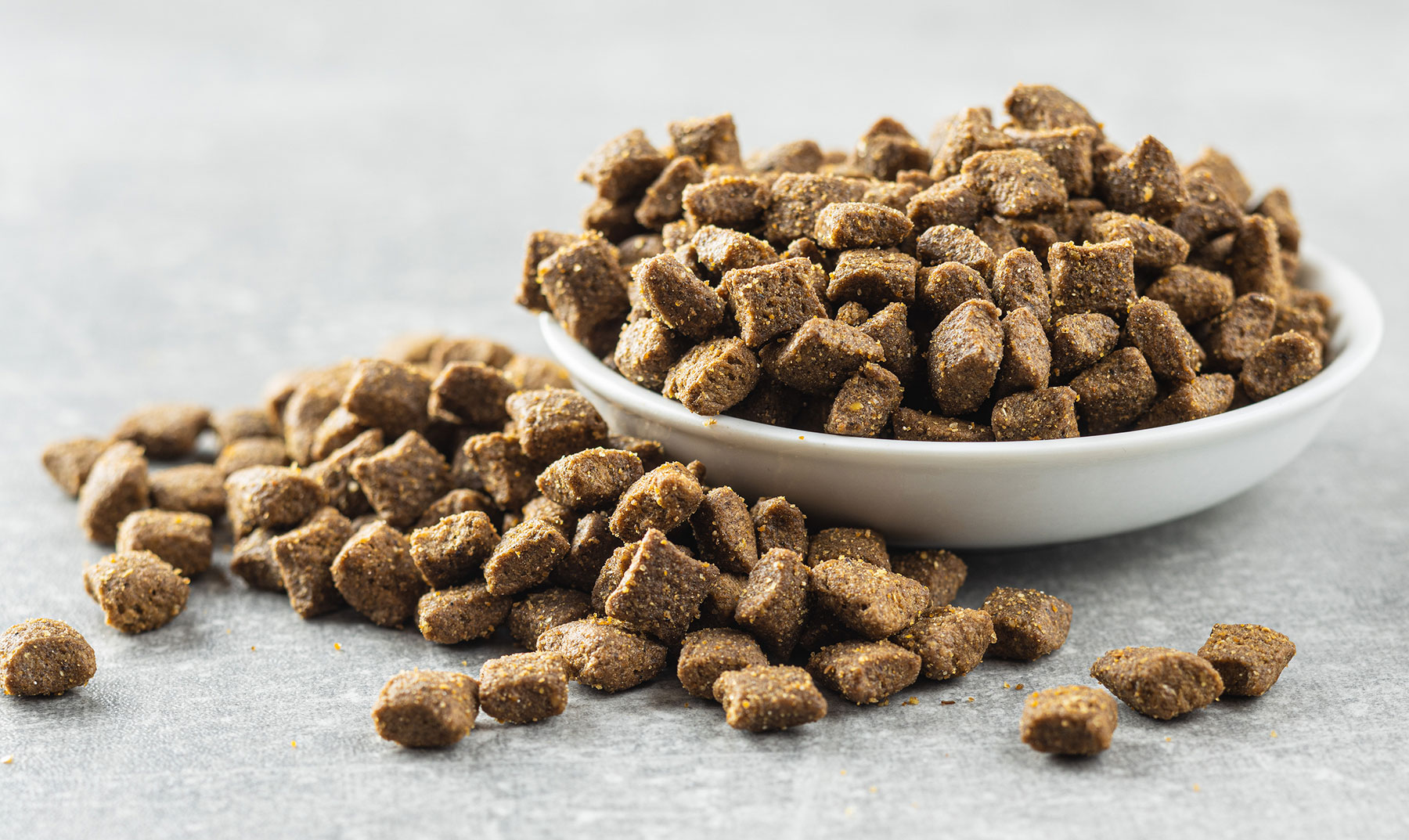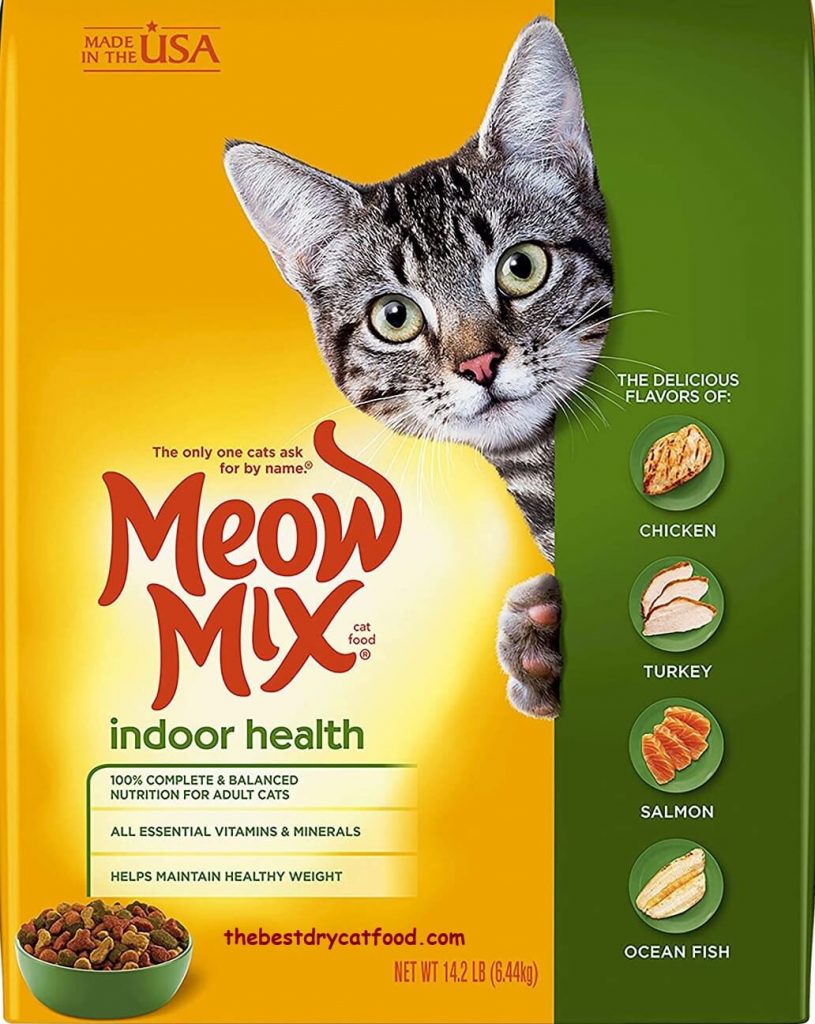
Okay, here’s a comprehensive article on dry food for cats with coat problems, aiming for approximately 1200 words.
Dry Food for Cats with Coat Problems: A Guide to Restoring Shine and Health
A healthy, lustrous coat is a sign of a healthy cat. However, a dull, dry, or excessively shedding coat can indicate underlying health issues, nutritional deficiencies, or allergies. While a veterinarian’s diagnosis is crucial to rule out serious medical conditions, choosing the right dry food can significantly improve your cat’s coat health and overall well-being. This article explores the connection between diet and coat health, identifies common coat problems in cats, and provides guidance on selecting the best dry food to address these issues.
The Link Between Diet and Coat Health
A cat’s coat is primarily composed of protein, specifically keratin. Therefore, a diet lacking in high-quality protein can directly impact coat health, leading to dryness, brittleness, and increased shedding. Essential fatty acids, particularly omega-3 and omega-6, are also vital for maintaining healthy skin and a glossy coat. These fats help to keep the skin moisturized, reduce inflammation, and promote healthy hair follicle function. Vitamins and minerals, such as vitamin A, vitamin E, biotin, and zinc, also play crucial roles in supporting skin and coat health.
- Protein: The building block of hair. Insufficient protein leads to weakened hair shafts and increased shedding. Look for foods with named meat sources (chicken, fish, turkey) as the primary ingredient.
- Omega-3 and Omega-6 Fatty Acids: Essential for skin hydration and reducing inflammation. Sources include fish oil, flaxseed oil, and sunflower oil. The ratio of omega-6 to omega-3 is also important, aiming for a balance that supports anti-inflammatory processes.
- Vitamin A: Supports skin cell turnover and maintains healthy skin barrier function.
- Vitamin E: An antioxidant that protects skin cells from damage and promotes healthy skin.
- Biotin: A B-vitamin that contributes to healthy hair growth and strength.
- Zinc: Essential for skin cell function and wound healing.
Common Coat Problems in Cats and Their Dietary Connections
Several common coat problems can be linked to dietary factors:
- Dull Coat: A lack of shine often indicates a deficiency in essential fatty acids. The coat may appear lifeless and lack its usual luster.
- Dry Skin and Coat: This can be caused by dehydration, low dietary fat, or an imbalance of omega-3 and omega-6 fatty acids. Dry skin may be accompanied by flakiness and itchiness.
- Excessive Shedding: While some shedding is normal, excessive shedding can be a sign of protein deficiency, allergies, or stress.
- Hair Loss (Alopecia): Patchy hair loss can be caused by various factors, including allergies, fungal infections (ringworm), or skin parasites. Diet can play a role in managing allergies and supporting skin health to prevent secondary infections.
- Itchy Skin (Pruritus): Food allergies are a common cause of itchy skin in cats. Common allergens include beef, dairy, and fish.
- Matted Fur: While often due to inadequate grooming, a poor diet can contribute to a coat that is more prone to matting. A healthy coat is more resilient and less likely to tangle.
Choosing the Right Dry Food for Cats with Coat Problems
When selecting dry food for a cat with coat problems, consider the following factors:
-
High-Quality Protein Source: Look for dry food that lists a named meat source (e.g., chicken, salmon, turkey) as the first ingredient. Avoid foods that primarily use plant-based proteins or generic "meat by-products." Protein content should be adequate for the cat’s life stage and activity level.
-
Essential Fatty Acids: Check the ingredient list for sources of omega-3 and omega-6 fatty acids, such as fish oil, flaxseed oil, or sunflower oil. Some dry foods are specifically formulated with higher levels of these fatty acids to promote coat health. Look for the specific amounts of EPA and DHA (omega-3 fatty acids) listed on the guaranteed analysis.
-
Limited Ingredient Diets: If you suspect your cat has food allergies, consider a limited ingredient diet (LID). These diets contain a single source of protein and a limited number of carbohydrates, reducing the likelihood of triggering an allergic reaction. Common protein sources in LID formulas include duck, venison, or rabbit.
-
Hypoallergenic Formulas: For cats with severe allergies, consider a hypoallergenic diet formulated with hydrolyzed proteins. Hydrolyzed proteins are broken down into smaller pieces, making them less likely to trigger an immune response. These diets are typically available through your veterinarian.
-
Grain-Free vs. Grain-Inclusive: While grain-free diets are popular, they are not necessarily superior for all cats. Some cats may benefit from grain-free formulas if they have grain sensitivities, but grains are not inherently harmful for most cats. If you suspect a grain sensitivity, consult with your veterinarian. If choosing a grain-free diet, ensure it is balanced and contains alternative carbohydrate sources like sweet potatoes or peas.
-
Vitamin and Mineral Content: Ensure the dry food contains adequate levels of vitamin A, vitamin E, biotin, and zinc. These nutrients are essential for skin and coat health.
-
Life Stage and Health Condition: Choose a dry food that is appropriate for your cat’s life stage (kitten, adult, senior) and any underlying health conditions. For example, cats with kidney disease may require a diet with lower protein and phosphorus levels.
-
Read the Label Carefully: Pay close attention to the ingredient list and guaranteed analysis. Look for clear and concise information about the ingredients and nutrient content. Be wary of vague terms like "animal digest" or "meat by-products."
-
Consider a Veterinary Diet: Your veterinarian may recommend a specific therapeutic diet formulated to address skin and coat problems. These diets often contain higher levels of essential fatty acids, specific protein sources, or other beneficial ingredients.
Transitioning to a New Dry Food
When switching your cat to a new dry food, it’s essential to do so gradually to avoid digestive upset. Mix a small amount of the new food with the old food, gradually increasing the proportion of the new food over 7-10 days.
Additional Tips for Improving Coat Health
- Regular Grooming: Brushing your cat regularly helps to remove loose hair, distribute natural oils, and stimulate blood circulation, promoting a healthy coat.
- Hydration: Ensure your cat has access to fresh, clean water at all times. Dehydration can contribute to dry skin and a dull coat. Consider adding wet food to your cat’s diet to increase their water intake.
- Flea and Tick Prevention: Parasites can cause skin irritation and itching, leading to coat damage. Use a veterinarian-approved flea and tick preventative.
- Address Underlying Medical Conditions: If your cat’s coat problems persist despite dietary changes, consult with your veterinarian to rule out underlying medical conditions such as allergies, hormonal imbalances, or skin infections.
- Omega-3 Supplements: If the food you are feeding your cat is not providing enough Omega-3 fatty acids, you can always supplement with a product like fish oil.
Conclusion
Choosing the right dry food is a crucial step in improving your cat’s coat health and overall well-being. By selecting a food that is rich in high-quality protein, essential fatty acids, vitamins, and minerals, you can help restore shine, reduce shedding, and alleviate skin irritation. Remember to consult with your veterinarian to rule out underlying medical conditions and to receive personalized recommendations for your cat’s specific needs. With the right diet and proper care, you can help your cat achieve a healthy, beautiful coat that reflects their inner vitality.

